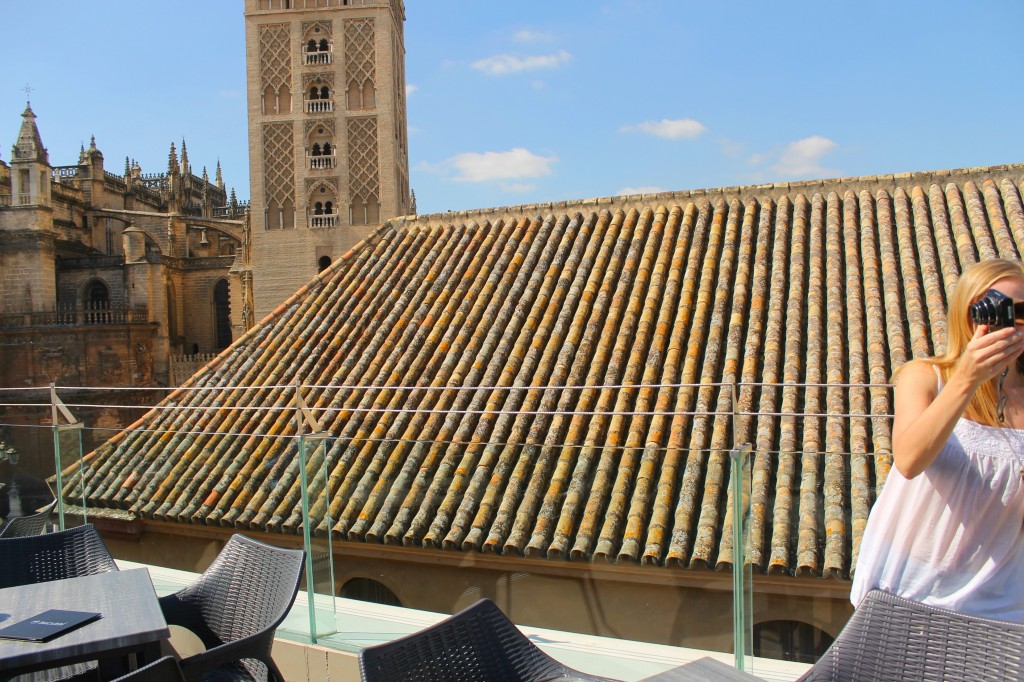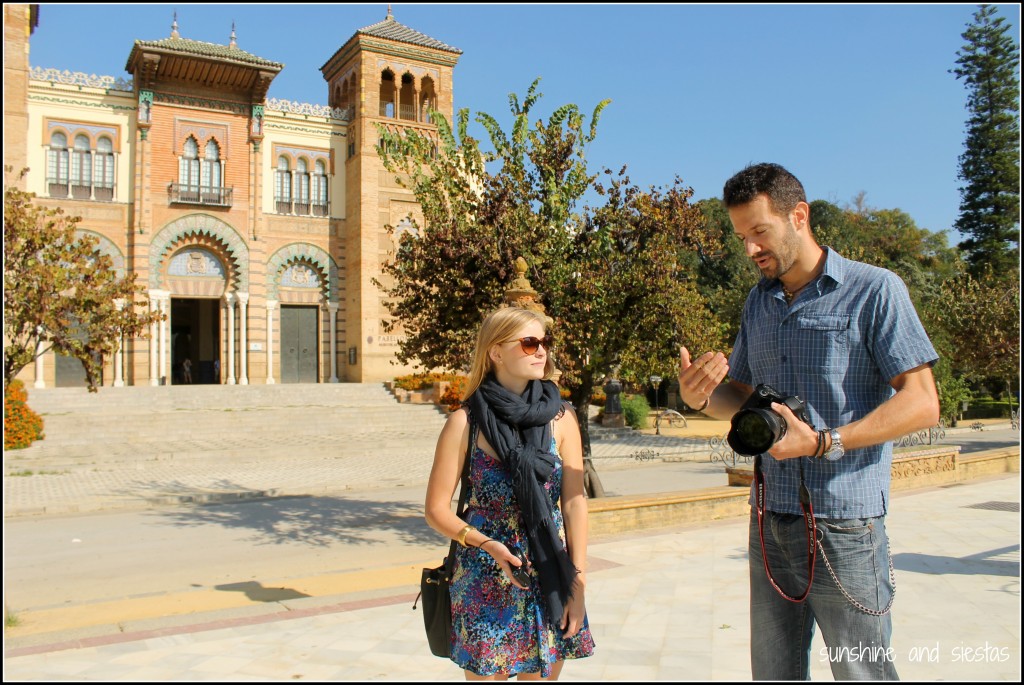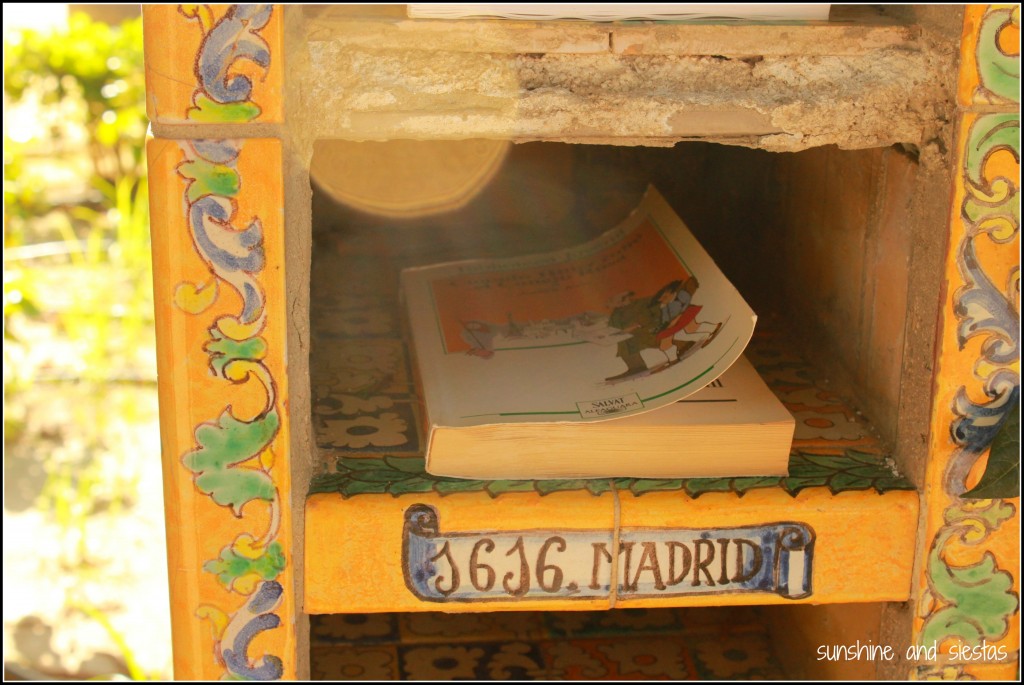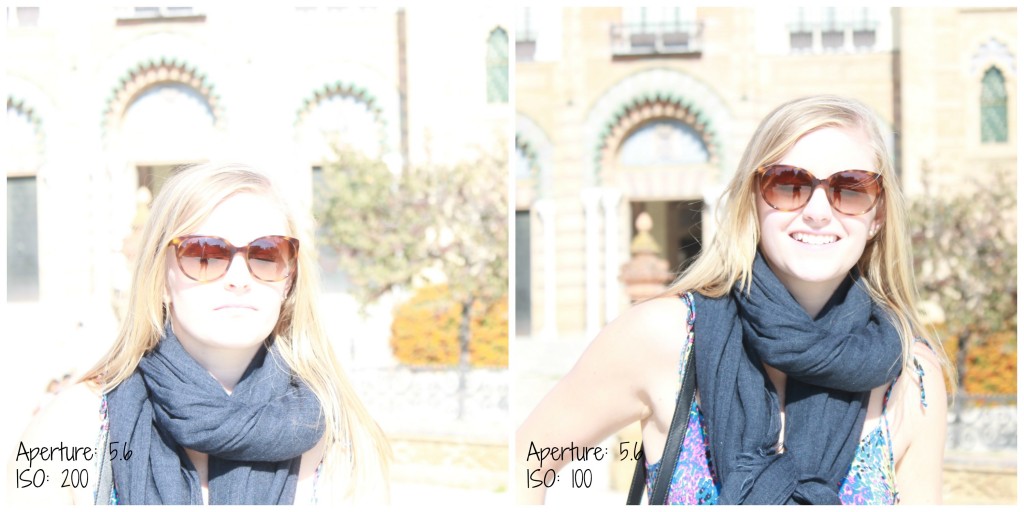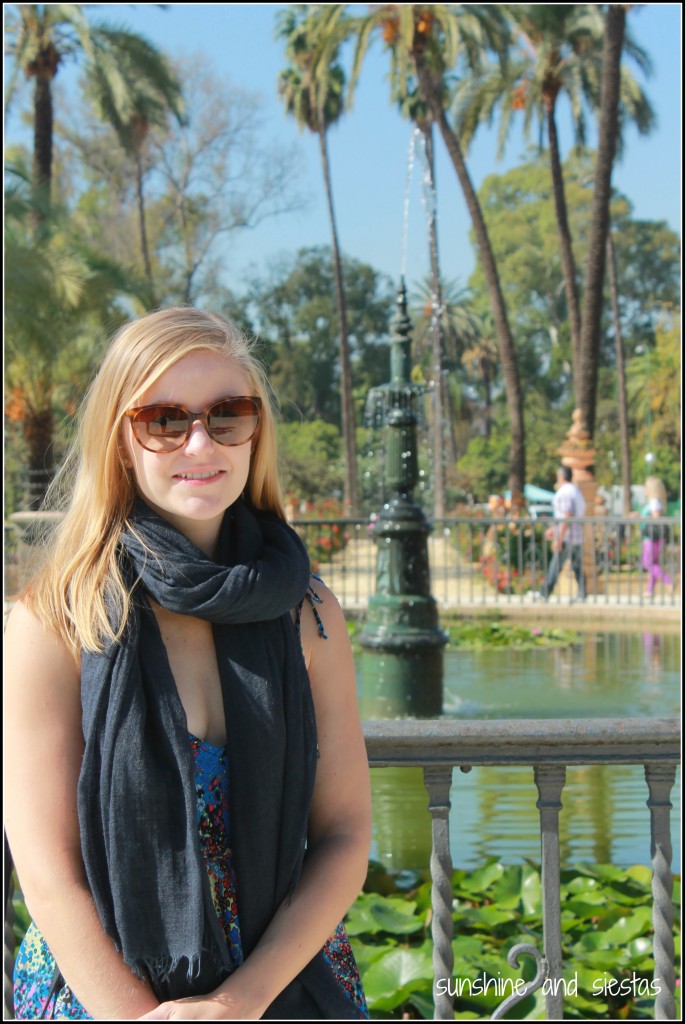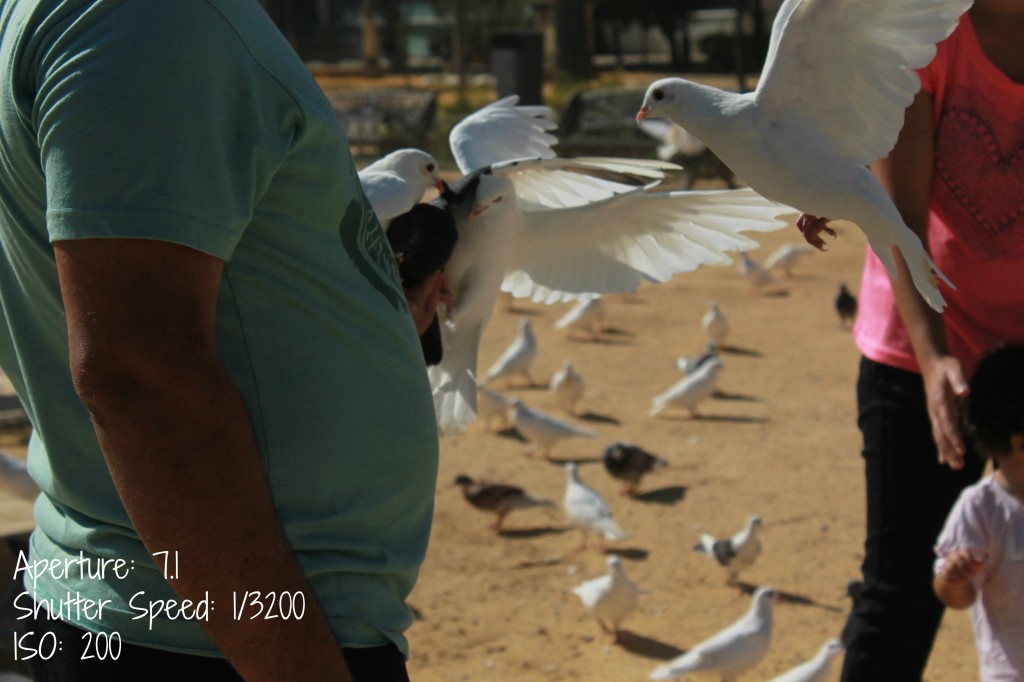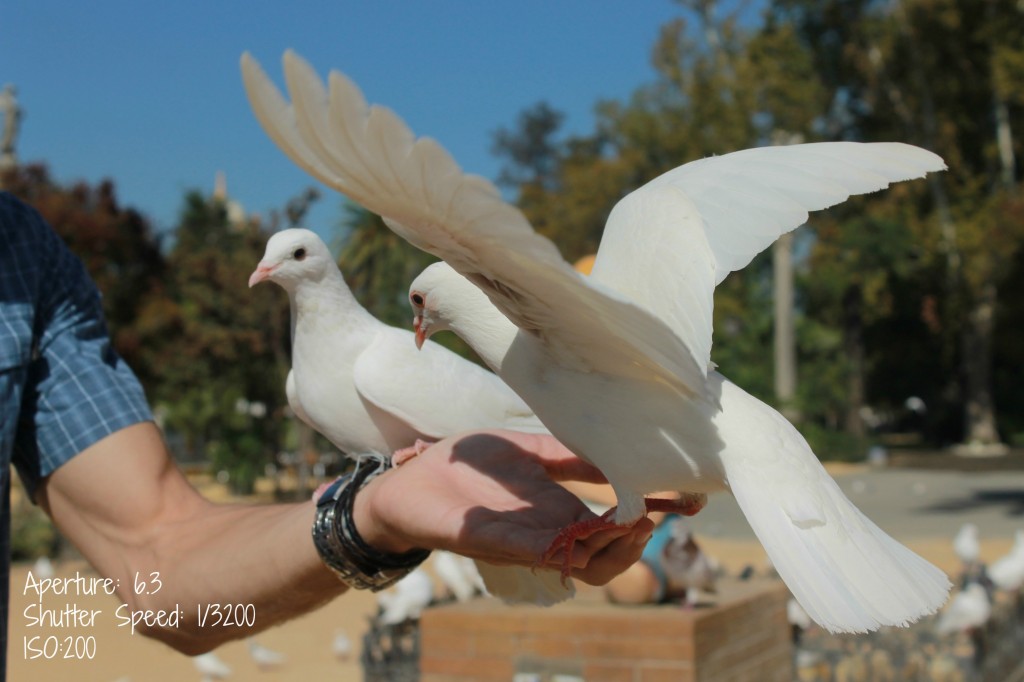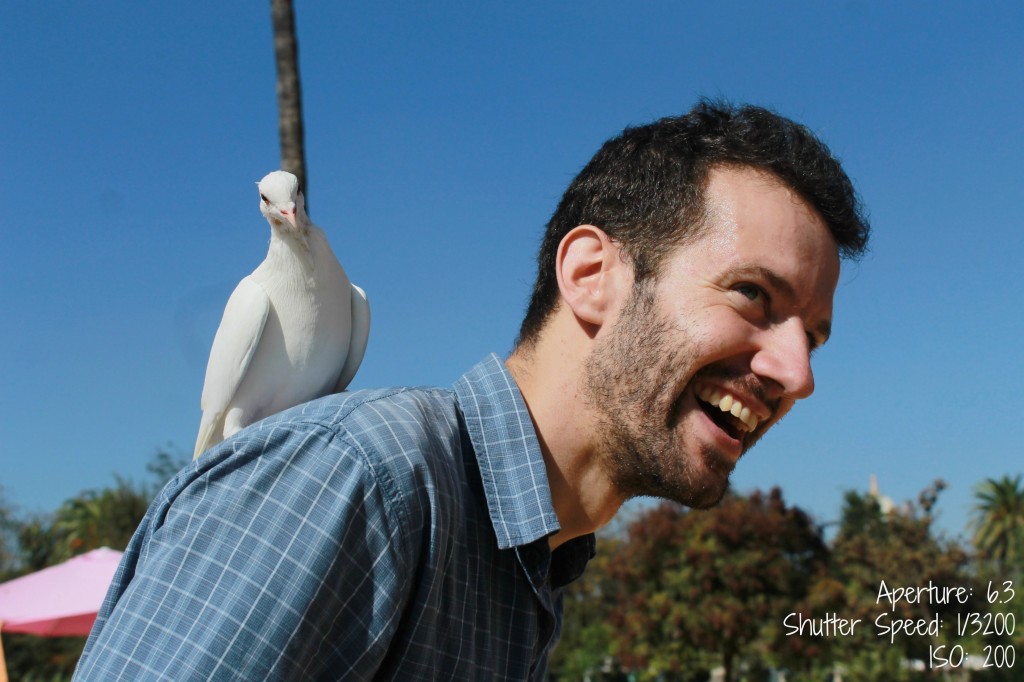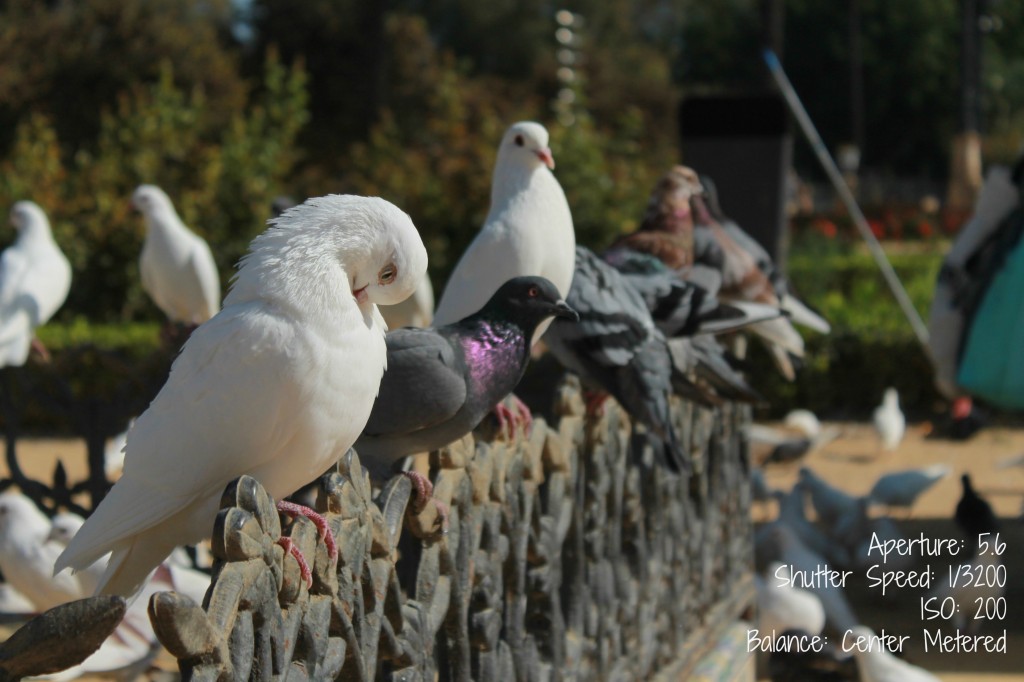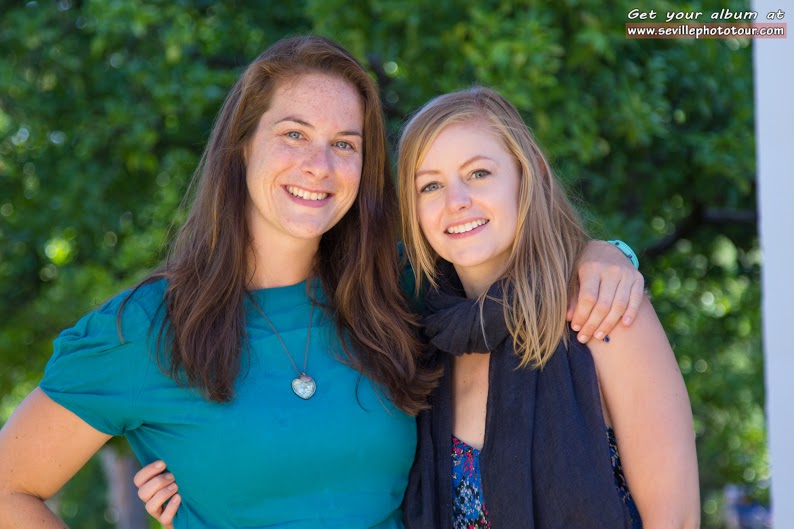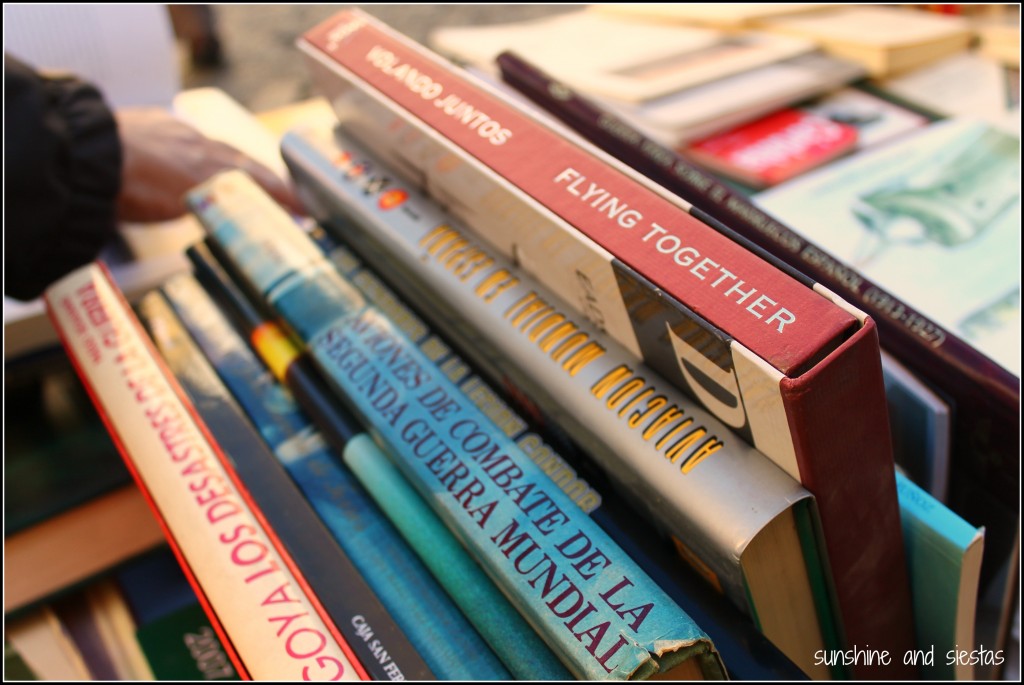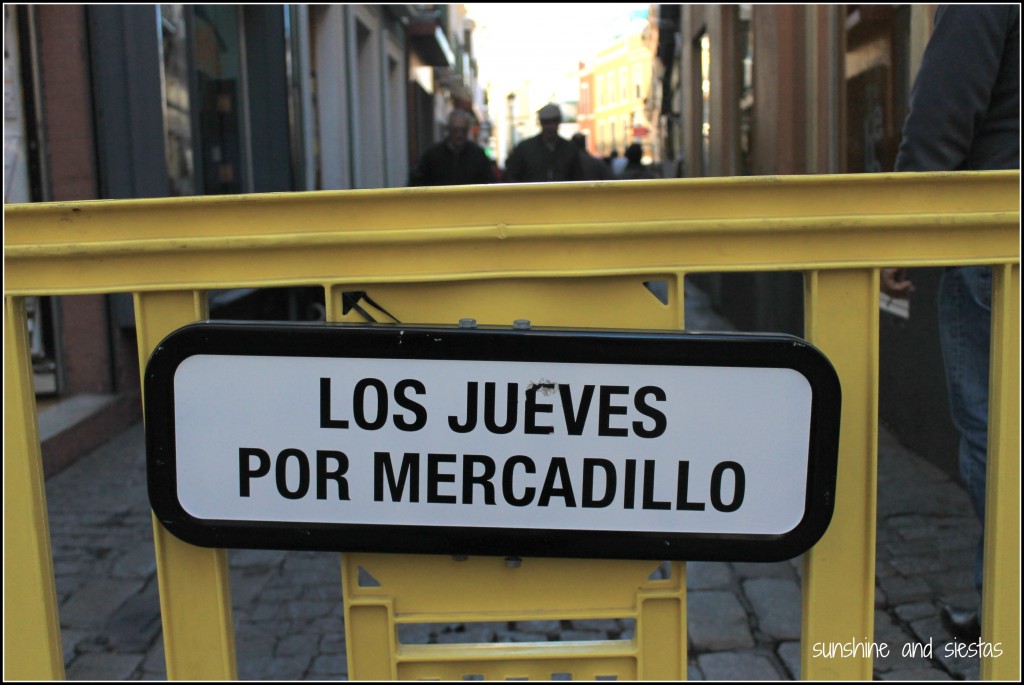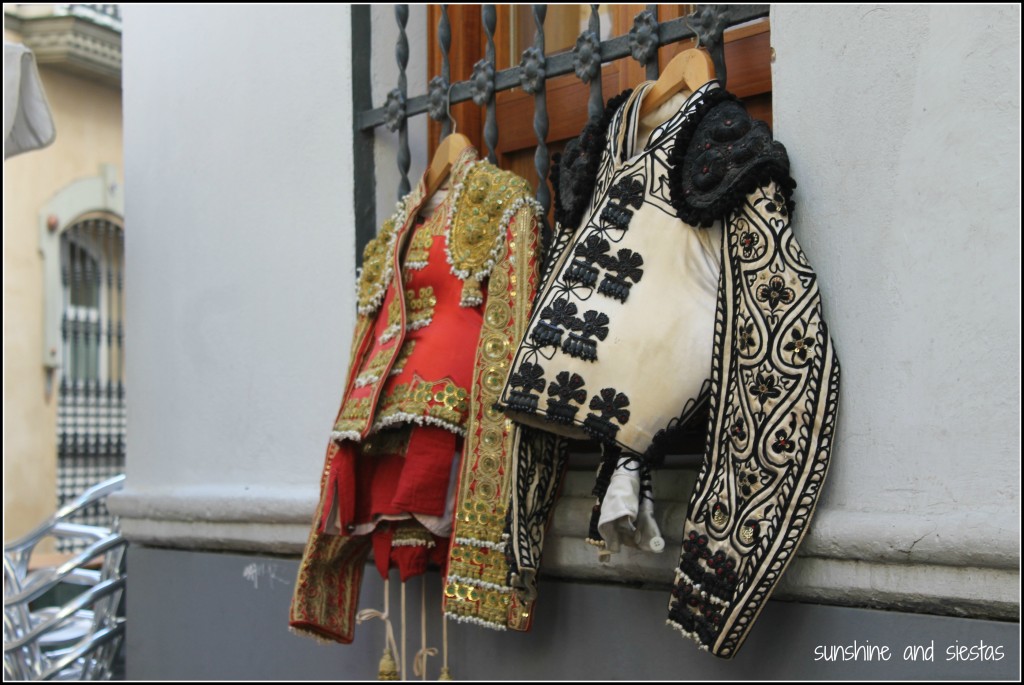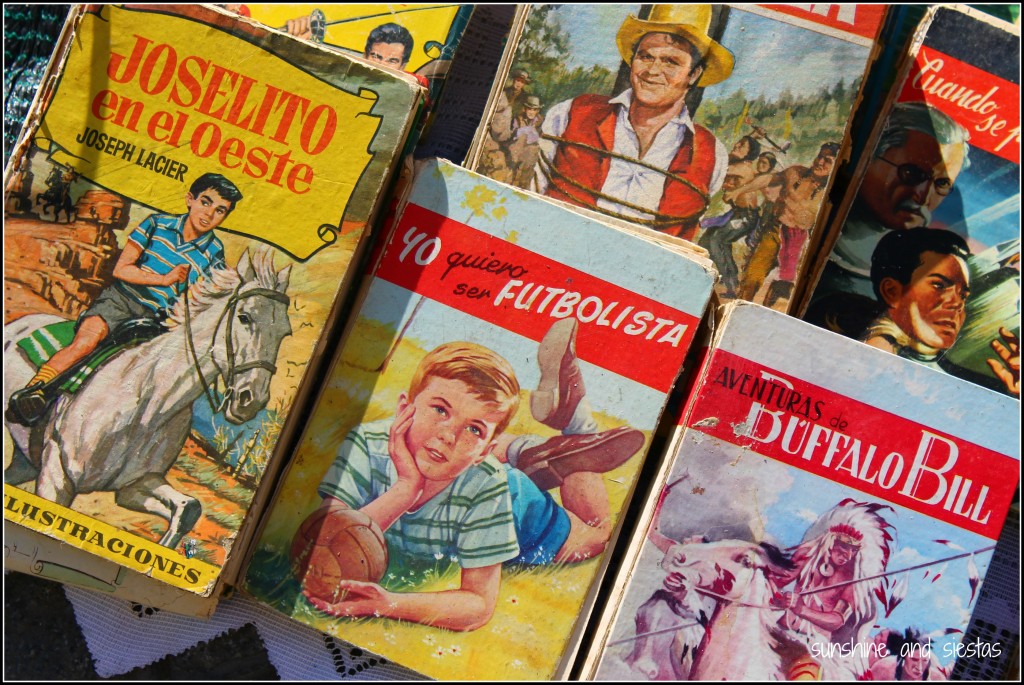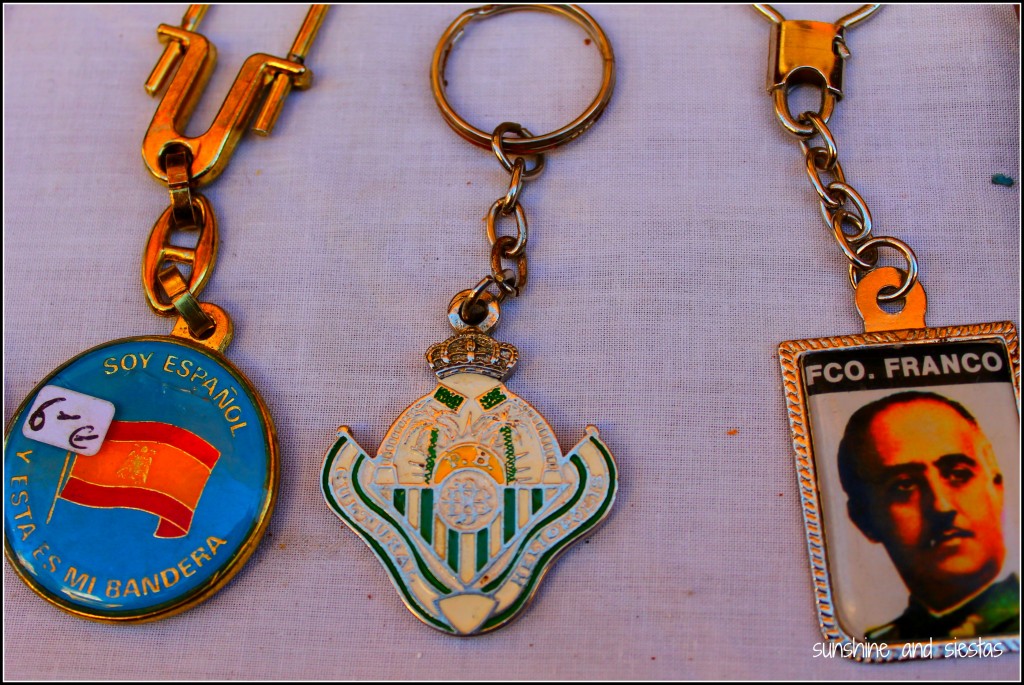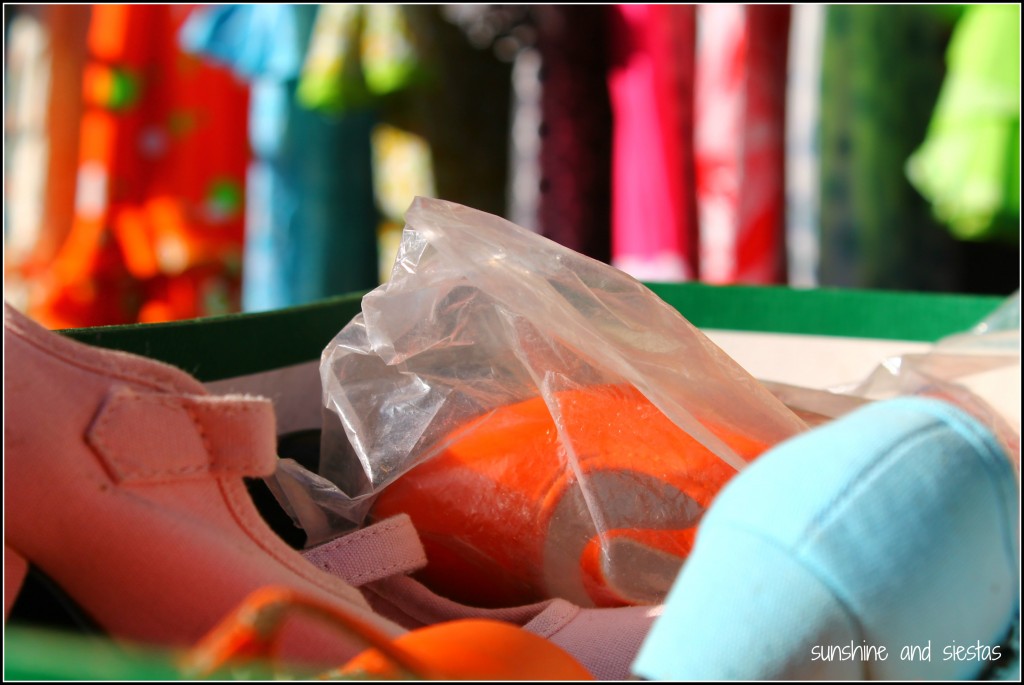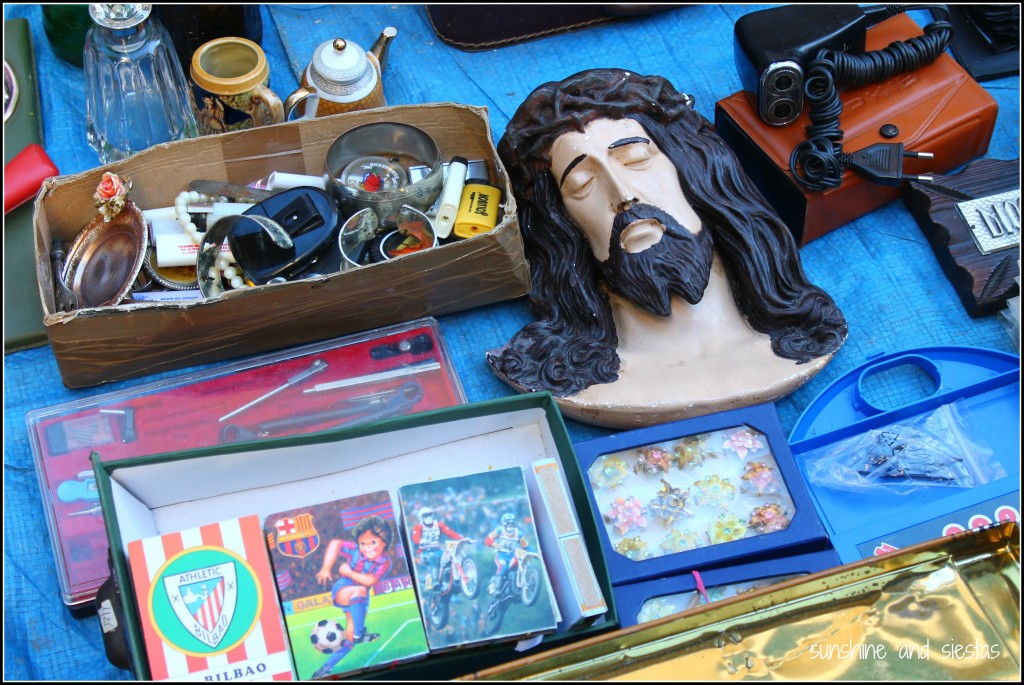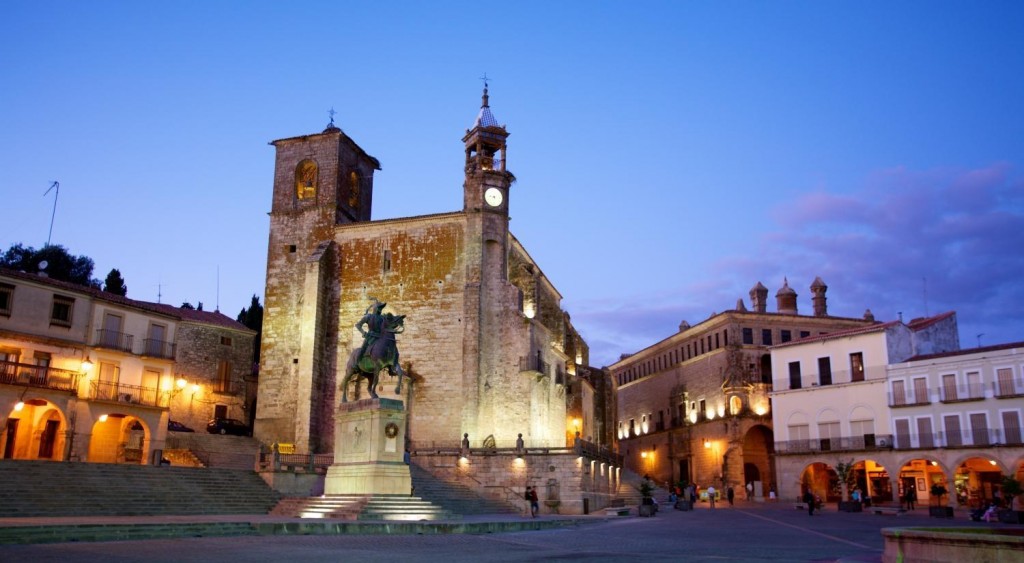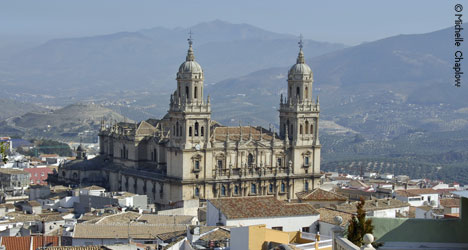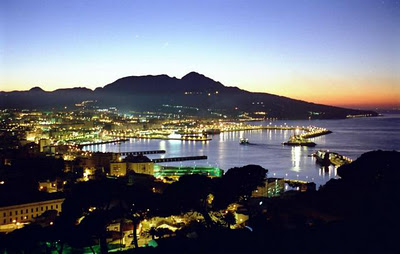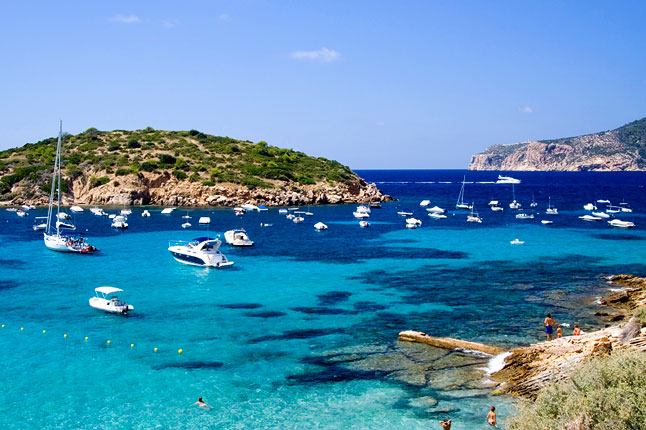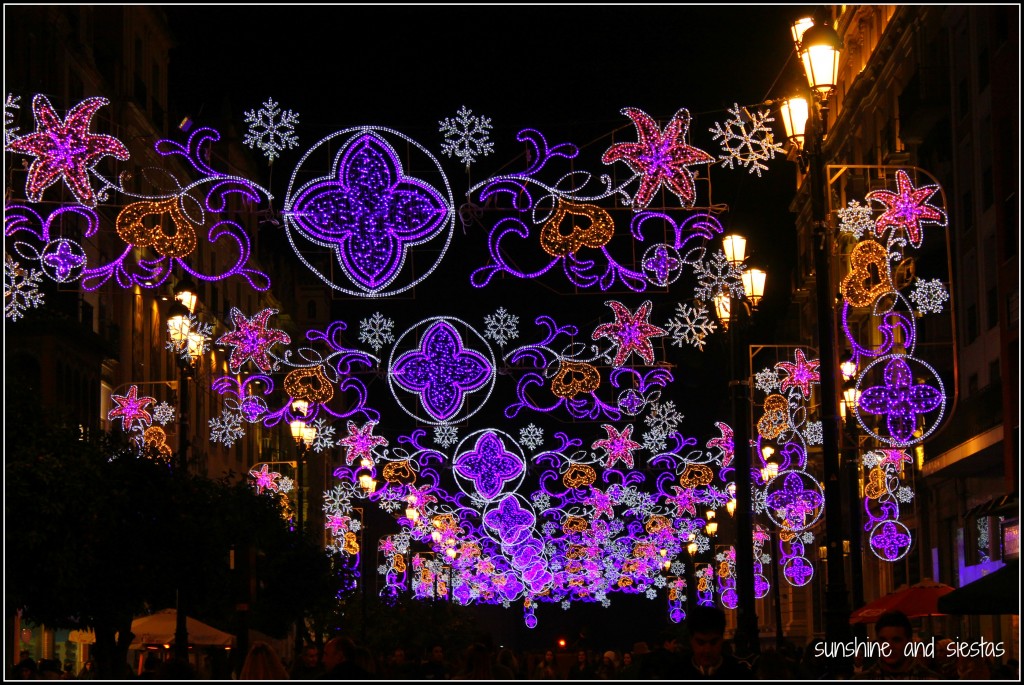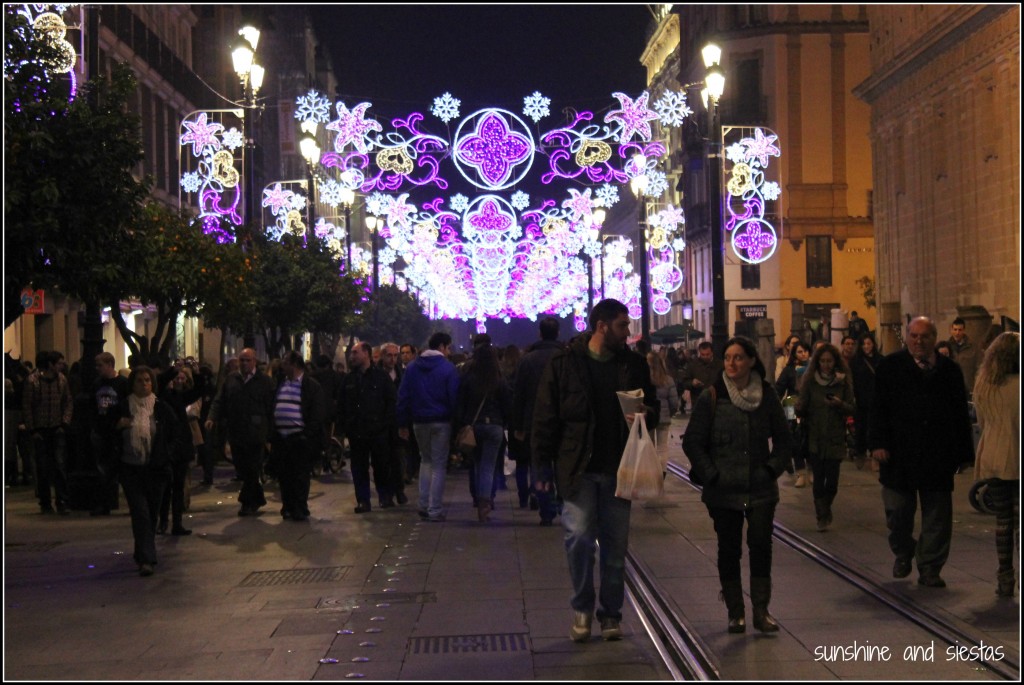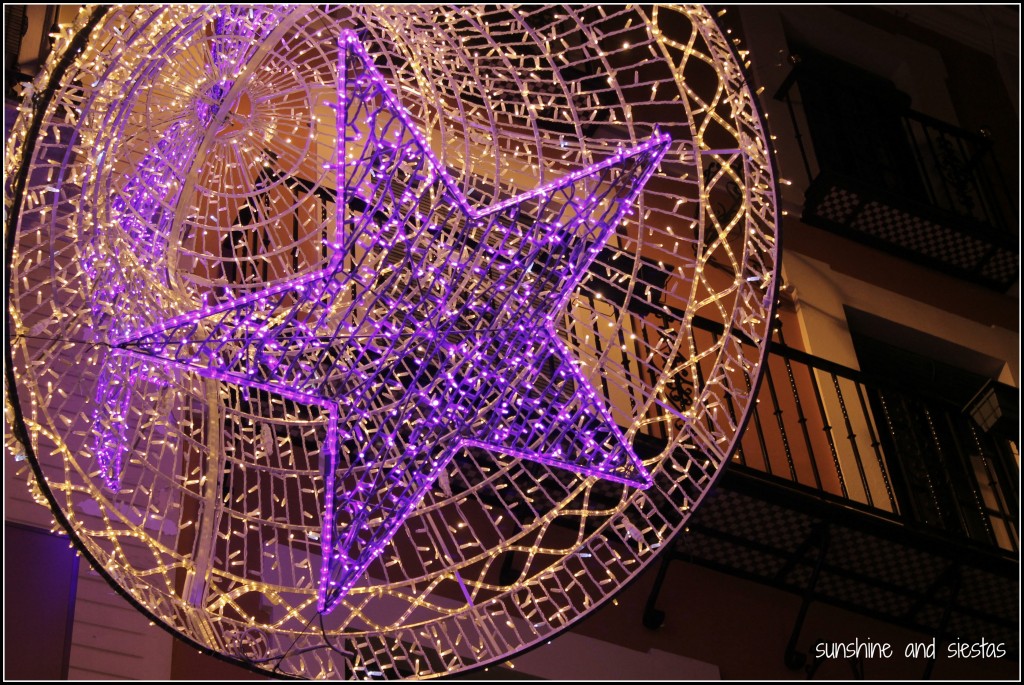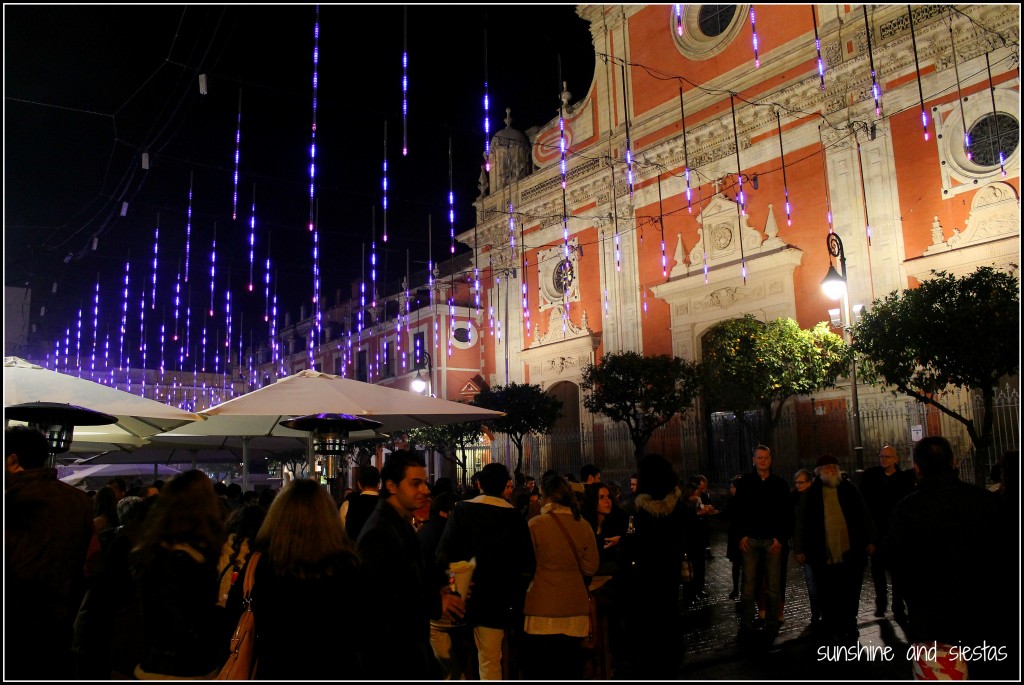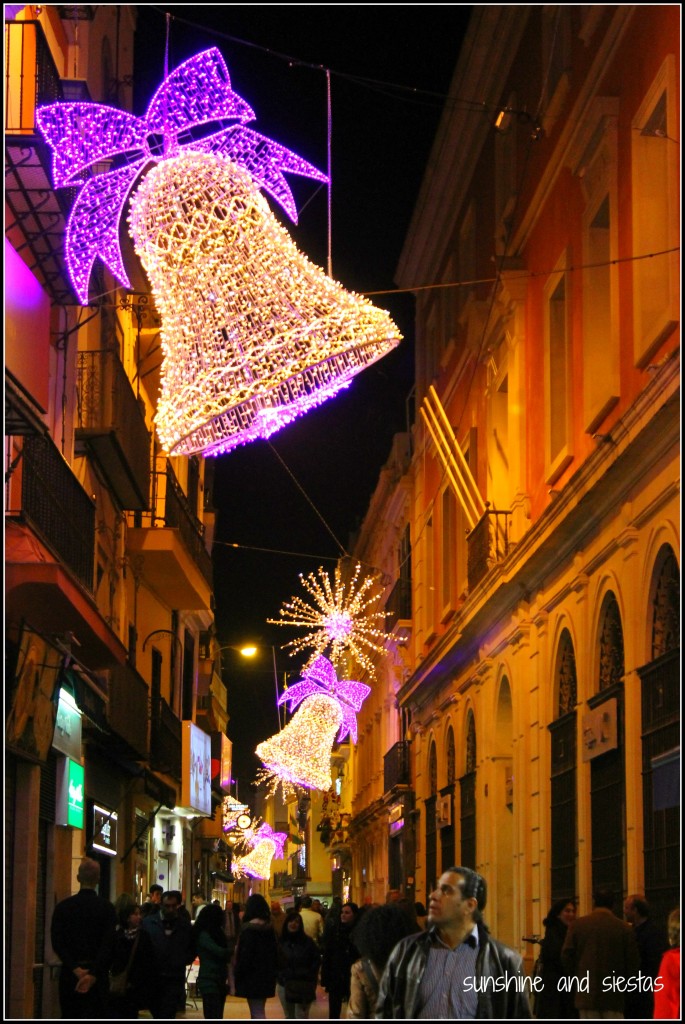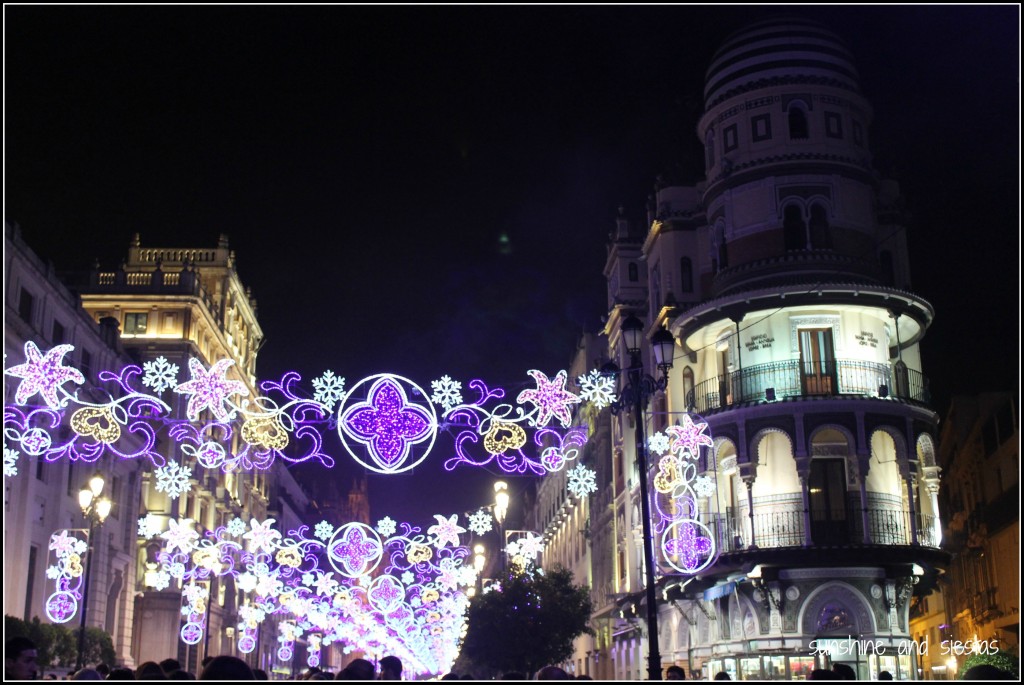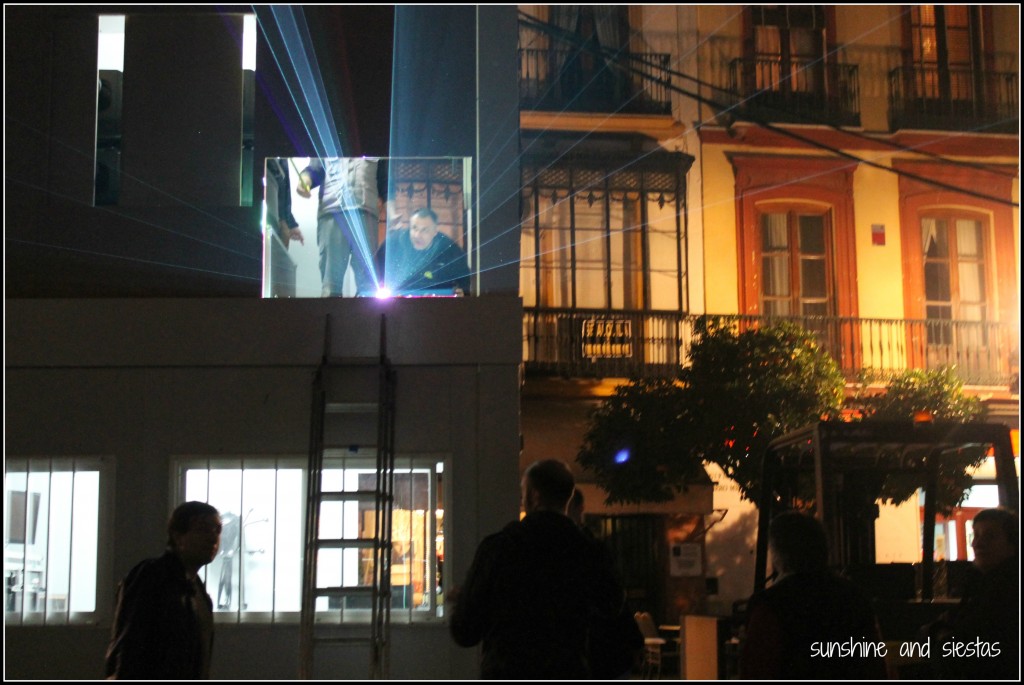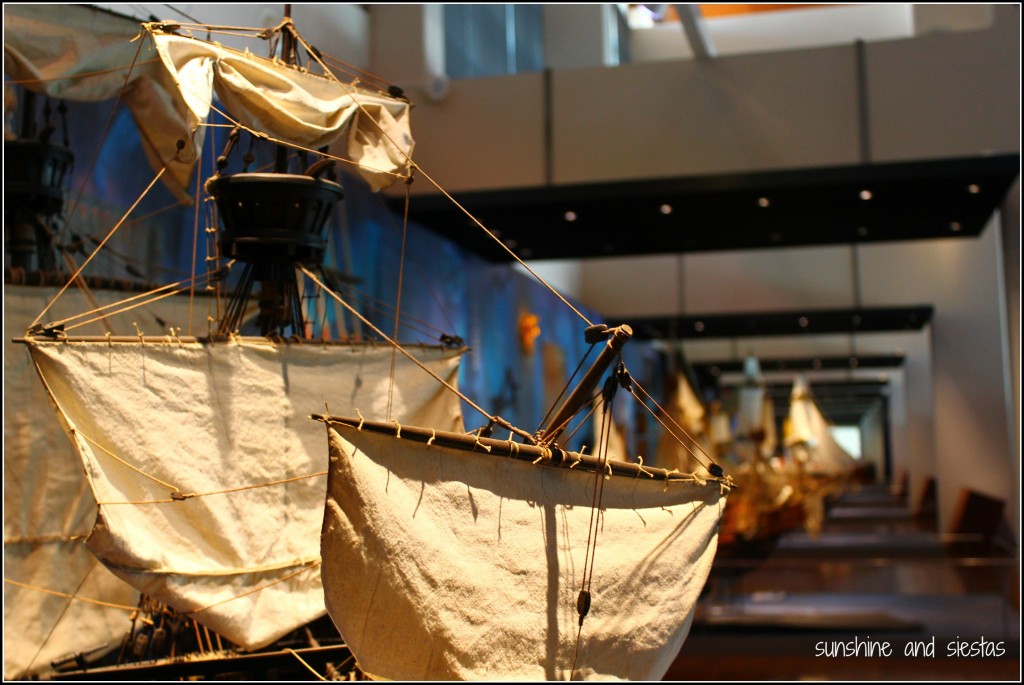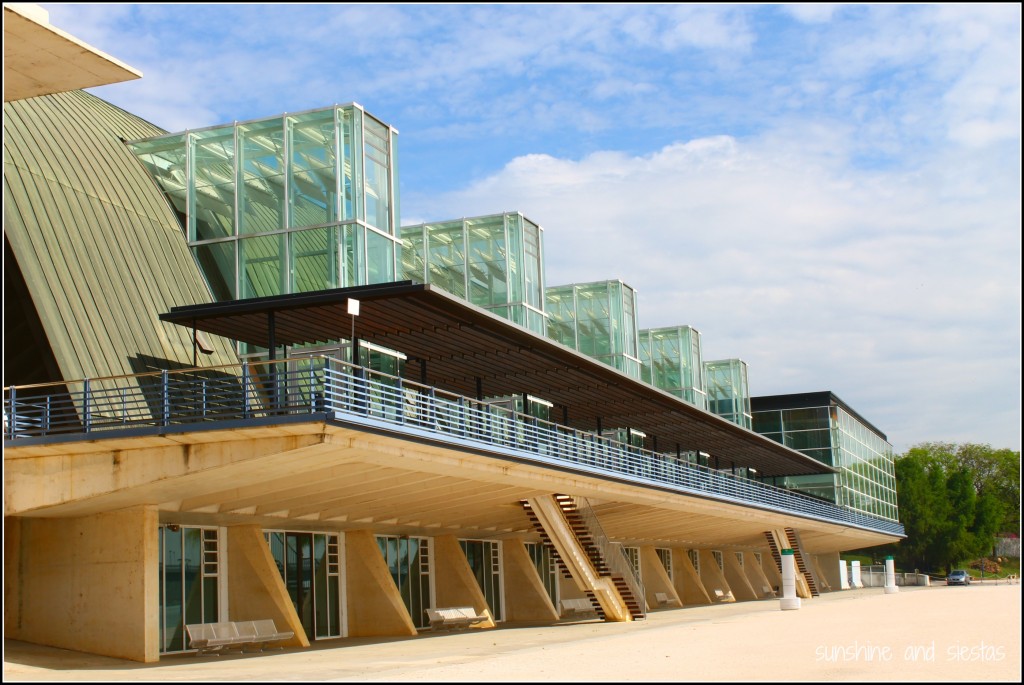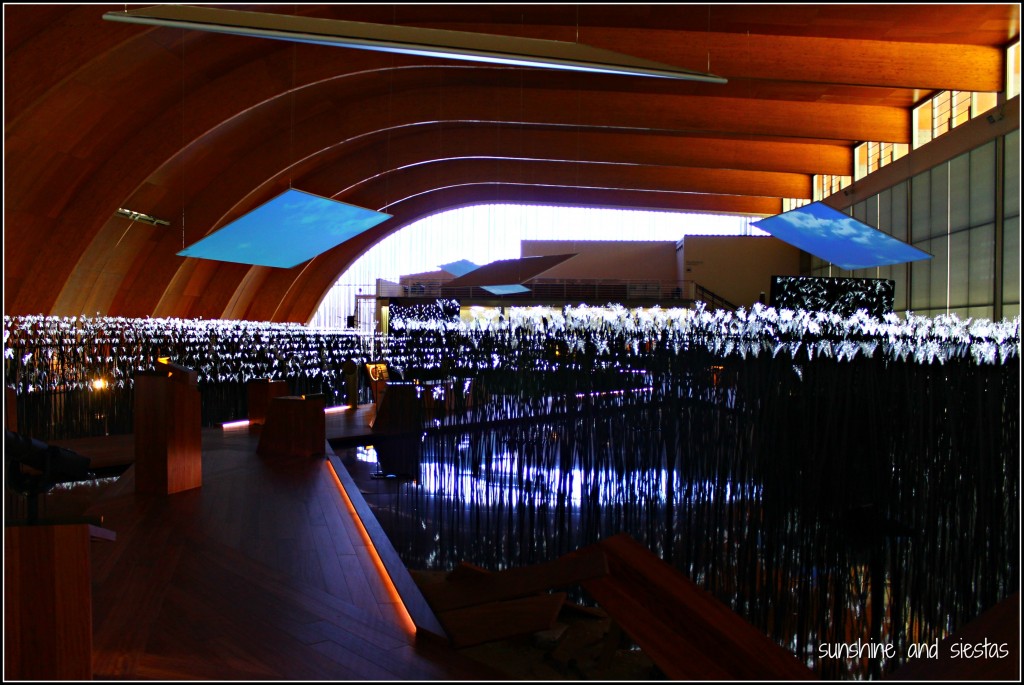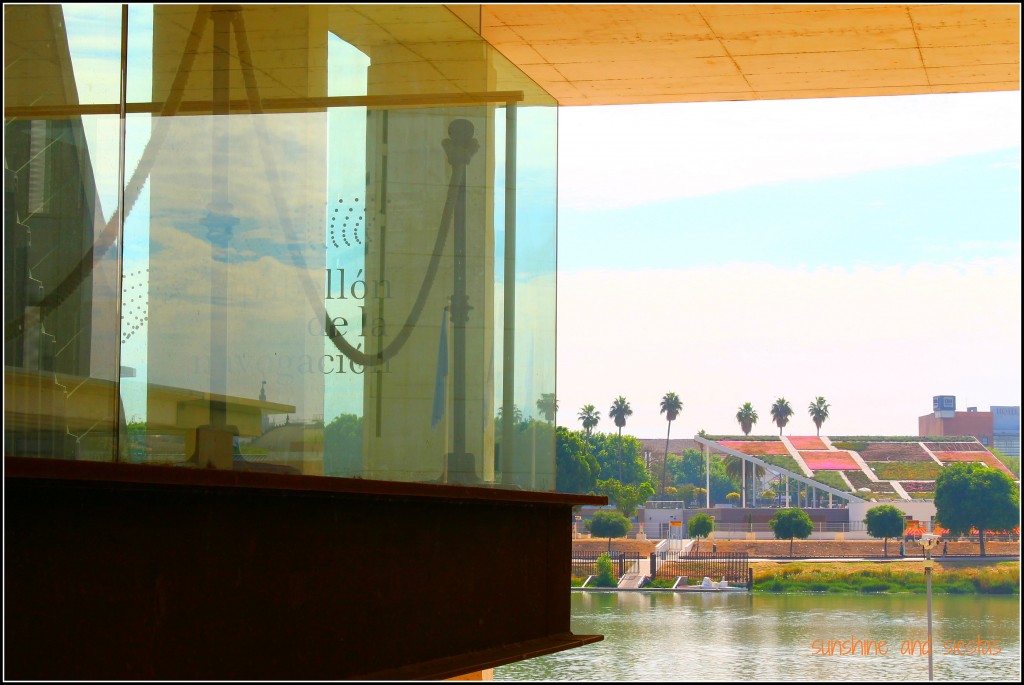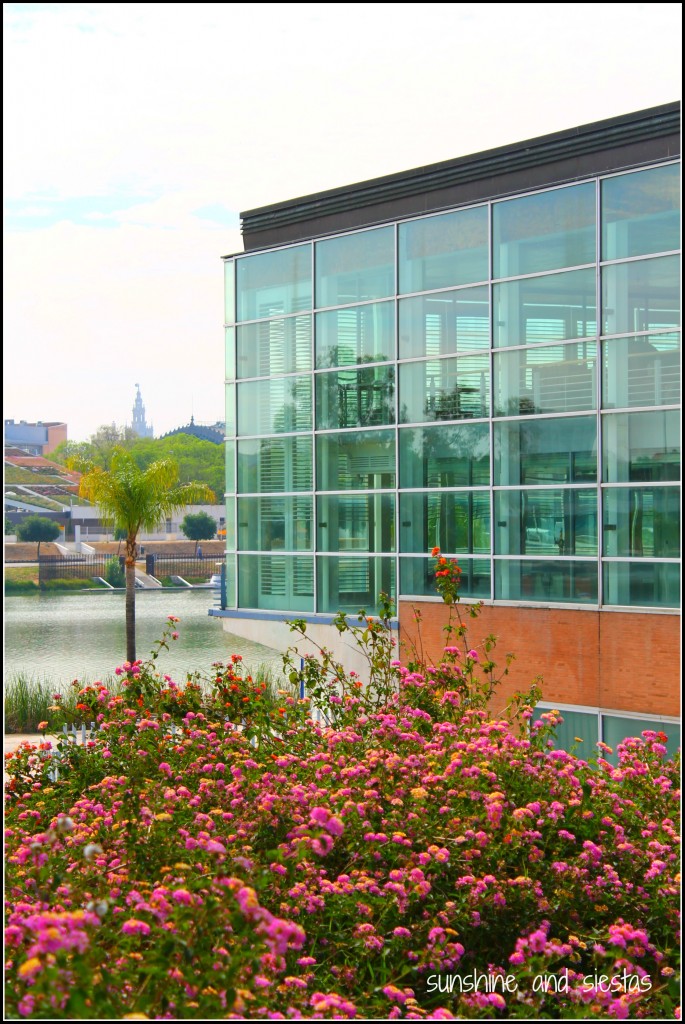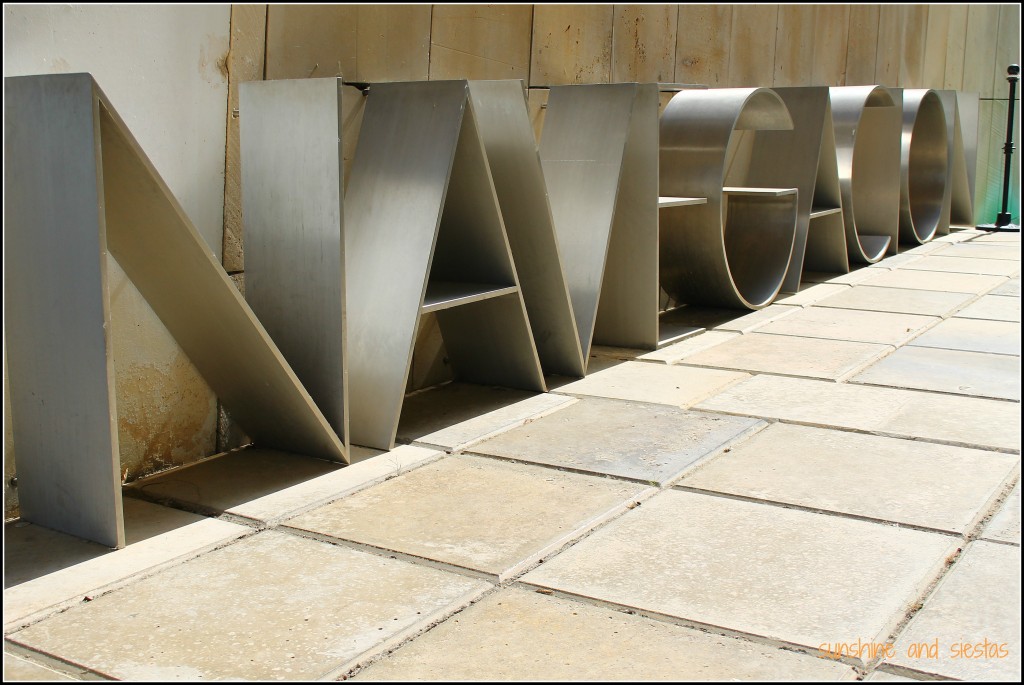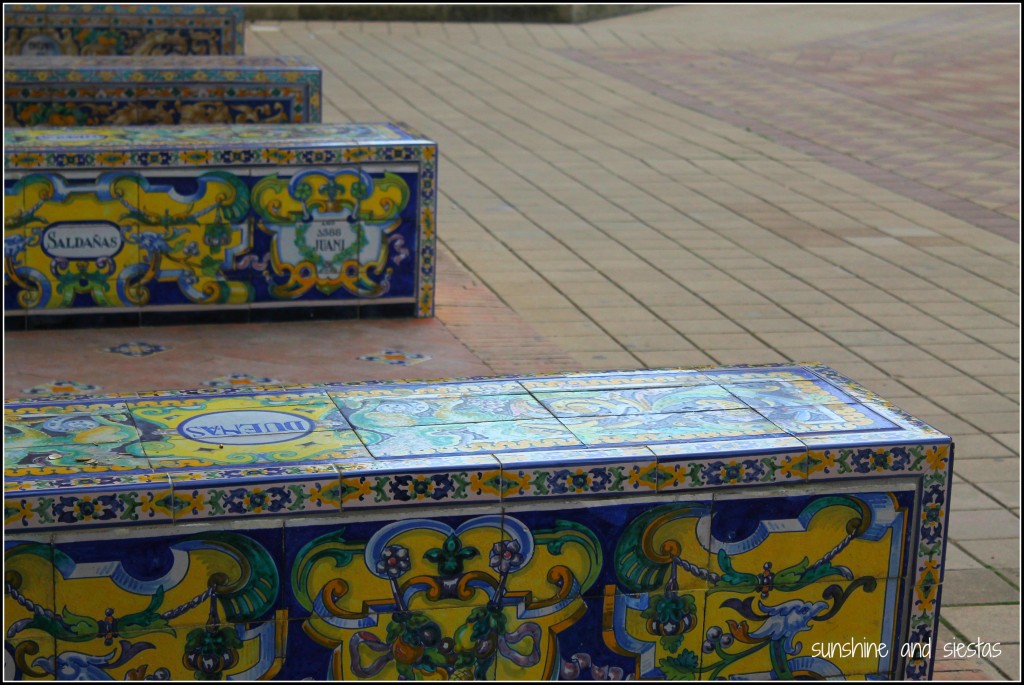How many times have you been on a trip and you hand your camera off to someone, only to get this result?
Dude, I put it on auto for you. How could you have messed that up?
I sadly have pictures of myself in some gorgeous places – Beijing, Romania, Morocco – that have turned out less-than-stellar because asking a stranger to take my photo has resulted in a simple click without considering composition, light or even where my body was in the photo.
And then there’s the traveling-and-not-always-knowing-where-to-look factor. At breakneck speed on trips, I often forget to slow down and seek out details in photos, opting instead for macro shots of famous sites and landscapes.
As a professional photographer, Alberto began Photo Tour Seville to help visitors to the Andalusian capital discover the city’s most beautiful rincones, have professional photos taken in such rincones and receive a personalized photo album to take home.
We met Alberto in Plaza de América one sunny October morning – not optimal for photos, perhaps, but one of those mornings where it’s pleasant in the sun, chilly in the shade and the blue hue of the sky still fools you into thinking it’s still summer.
Alberto gave us a mini-tour through María Luisa park, a historic part of the city he jokingly calls “el despacho,” or the office. We sat in a shady plaza dedicated to Miguel de Cervantes, Spain’s literary mastermind, which had ceramic bookshelves with a few tattered paperbacks for loan.
Alberto explained the various parts of the manual functions, something I’d toyed with from time to time before settling on automatic settings for sake of time. I was familiar with all of the terms – f-stop, white balance, aperture – but haven’t quite worked out how to make them all fit to get the result my own two eyes did.
Then, he gave us a series of tasks around the park to practice what we had learned. First up was a formidable challenge: freezing the water of a fountain located in the center of the park while allowing the colors of the blue sky and lush gardens come out.
Easier said that snapped, as it took me three tries to get it kind of right!
I’d considered shutter speed for making the water not blur together, but couldn’t get the aperture, or the amount of like that gets let into the lens, and the ISO to work together. Essentially, the lower the ISO, the clearer your pictures are but the less sensitive they are to the light coming into the camera.
Next, I worked on taking a portrait of Laura on a bright day while experimenting with depth of field. Without Alberto’s help, I fumbled through the settings to be sure Laura’s face was in focus and the backdrop of the Museo de Artes y Costumbre’s mudéjar facade a bit blurred, taking into account all of the light that would be in the frame.
Fail. I’d need to work at this.
Once I’d reset and looked for a place with less light, I snapped another picture of my friend with better results:
The pigeons at the western end of the plaza were our next challenge. I’ve long tried to capture them in flight, but had never gotten the shutter speed fast enough to have their wings fully outstretched. But that had an easy fix: shutter speed. I set my shutter as fast as it would snap – 1/3200 of a second – and waited for the birds to fly.
Even when the pigeons weren’t flying, I experimented with depth of field and closing the aperture to focus the photo.
Alberto then led us through the lush gardens of María Luisa, constructed for the 1929 Ibero-American Fair and full of hidden fountains and busts. Apart from tutorials, Sevilla Photo Tour also takes photos of families (which eliminates the more-than-likely chance that you’ll have a photo like the one above of a rooftop rather than the Giralda).
Like any good tour, we ended with a beer and a few tapas before I jetted off to work. Laura spent a good chunk of her afternoon in the park and Plaza de España testing out her photography skills. When I met her at 10pm that night on a ceramic bench in the picturesque half-moon square, I tried to remember what I’d been taught.
Yeah, add a tripod for Camarón to my registry wish list!
Alberto graciously offered Laura and I the tour free of charge, but all opinions are my own. If you’re interested in learning more, get in touch with Alberto at Photo Tour Seville!
Have you ever been on a photo tour, or any sort of out-of-the-box tour while traveling?
